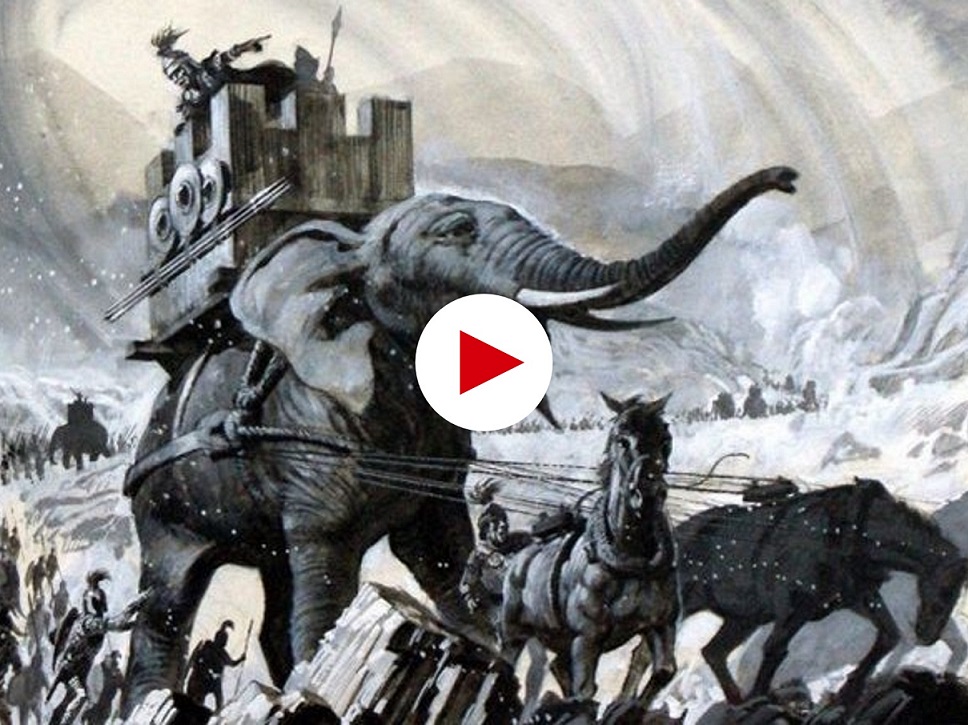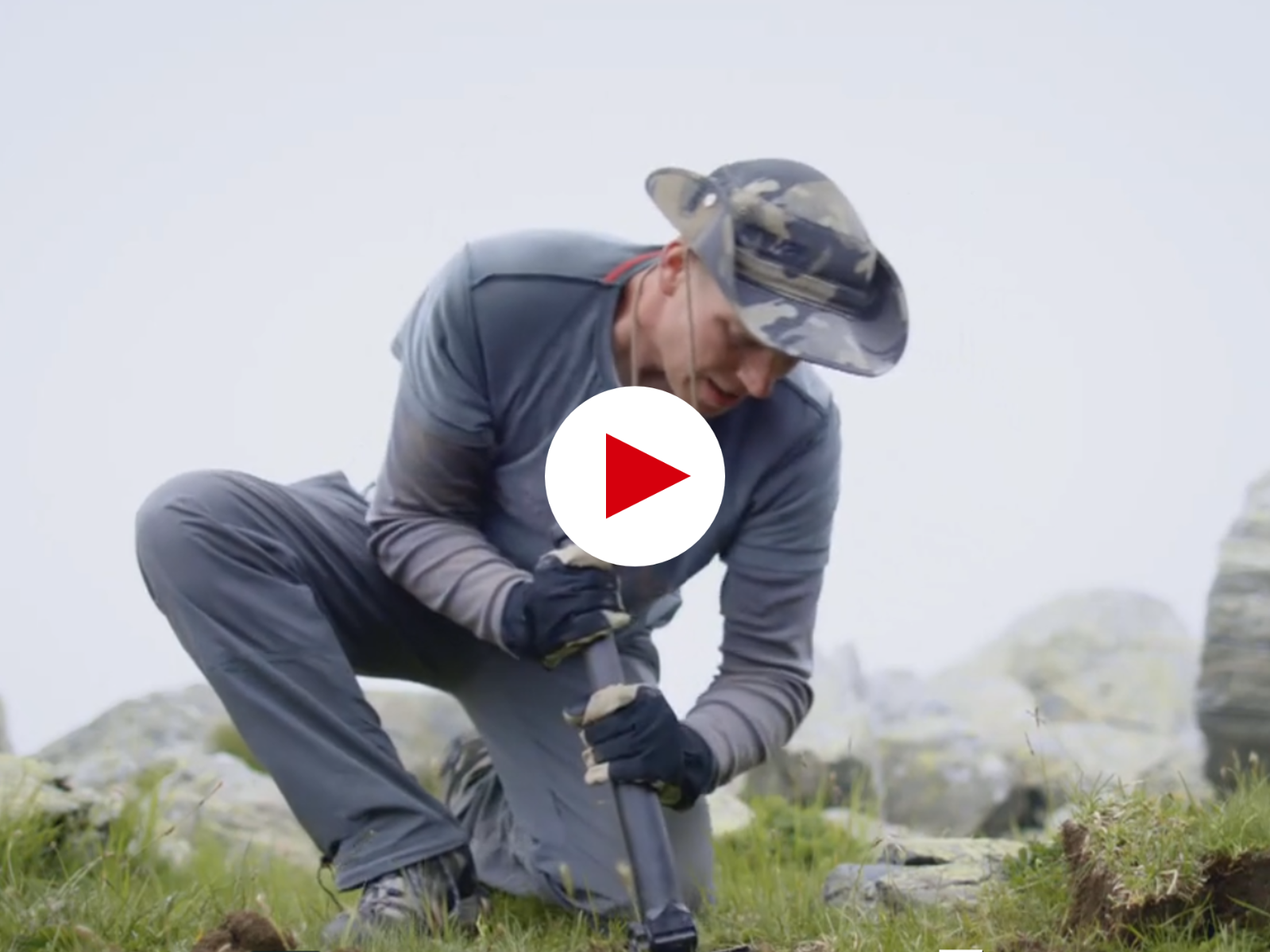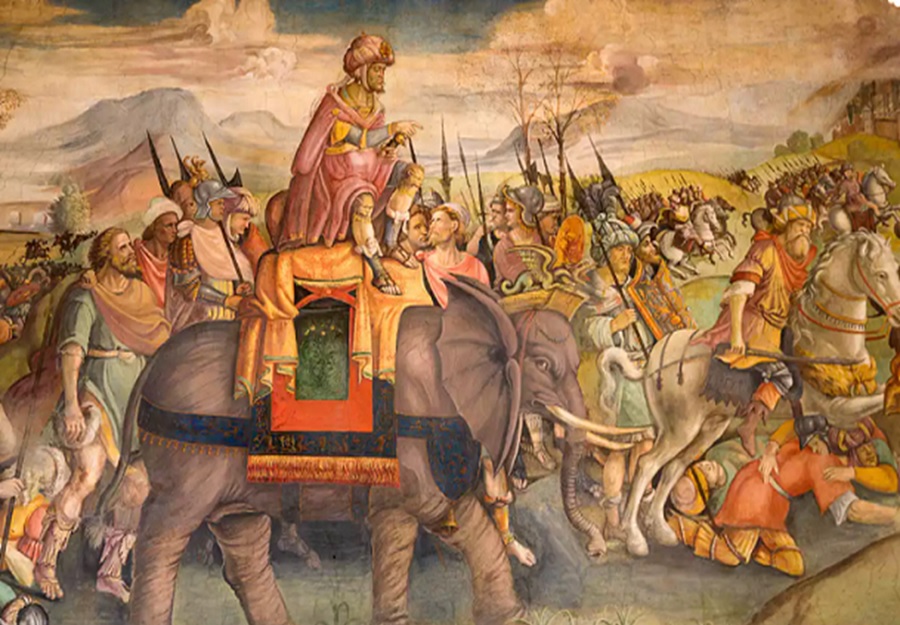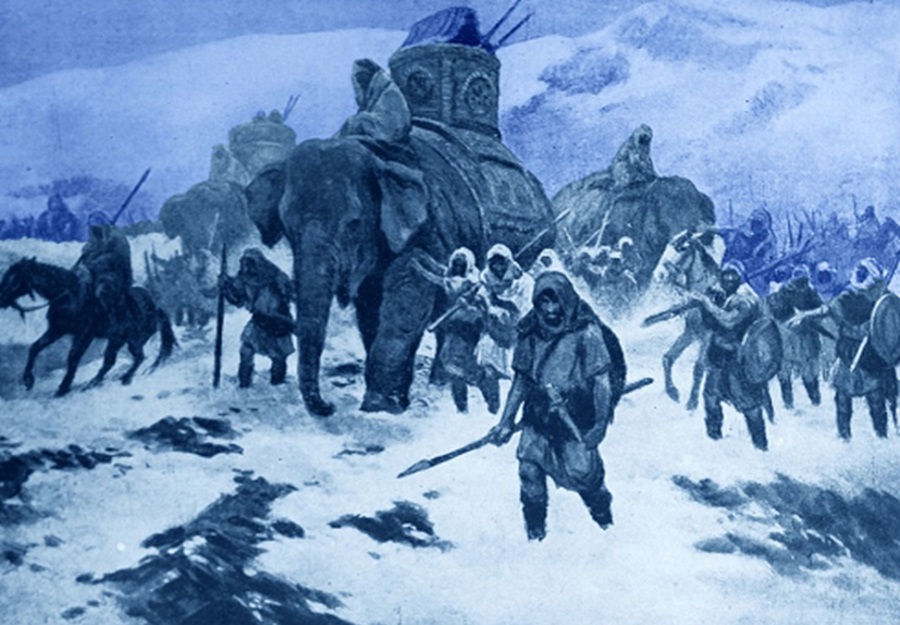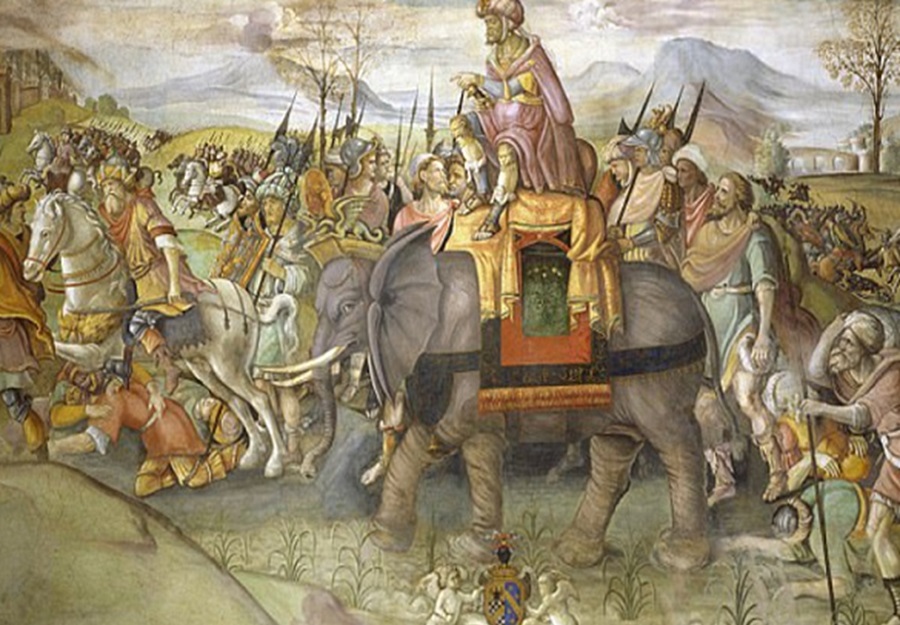- 1st International Endocrine Disruptor Conference on the Island of Ireland - PROTECTED
- 5th IFAC Conference on Intelligent Control and Automation Sciences
- 8th European Conference on Weaning and Rehabilitation in Critically ill Patients
- Acts of Union: Mixed Marriage in Modern Ireland
- Advanced Composites Research Group
- AFBI Library Online
- Animal Research
- Ballyhanna
- Belfast Eye Conference
- Belfast Young Archaeologists' Club
- Brexit NI
- Brian Friel Theatre
- Campus Food and Drink
- Cancer Caring Coping
- Career Opportunities at Queen's
- Cell Therapy Facility
- Centre for Community Archaeology
- Centre for Intelligent Autonomous Manufacturing Systems
- comhra
- Connect
- ContactVIRT: Intergroup Contact in Virtual Reality
- Control 2016 - 11th International Conference on Control
- Core Technology Units
- Cycle Plus
- Dentistry
- Early Mining in the Lower Segura Valley, SE Spain
- EFACIS 2023 (European Federation of Associations and Centres of Irish Studies)
- ENGINE
- Eye Surgery Robot
- Fiber Reinforced Polymer for Reinforced Concrete Structures 14
- FRAGSUS
- Frank Ryan
- Friel Reimagined
- Functional Nanocomposite Research
- Game of Stones
- Graduate Support
- GroundsWell
- HaBio
- Heritage Hub
- ICBBM2019 International Conference on Bio-Based Building Materials
- If I Were Jack
- Immigration Support Service
- Inclusion Really Does Matter
- International Conference on Livestock, Companion Animals and Wildlife Coronaviruses
- Involve FP
- iRISE
- Irish Plant Scientists’ Association Meeting (IPSAM)
- KN Cheung SK Chin InterSim Centre
- MAD4VISION
- Mental Health Awareness Week
- MiniPublics
- mistral
- NICOLA
- Northern Ireland High Performance Computing
- Northern Ireland Public Data Panel
- Northern Ireland Technology Centre
- OLIVER Project
- Open Learning
- Palestinian Bedouin at Risk of Forced Displacement
- Participation for Protection (P4P)
- Patient and Carer Education Partnership
- Photovoice Project
- Political Studies Association of Ireland (PSAI) Annual Conference 2023
- Post Operative Delirium Belfast (PODB)
- Post-Brexit Governance NI
- Postdoctoral Development Centre
- PRISM LGBT+ Staff Network
- Professor Chris Allen Hannibal The New Evidence
- PROMED-COG
- Protected EU
- Q-PreMan
- QUBeWell
- QUBGP
- Queen's AFBI Alliance
- Queen's Communities and Place
- Queen's Formula Racing
- Queen's Gender Initiative
- Queen's Students' Union
- Rare Disease Focus: supporting rare disease throughout all communities
- Reading Together
- Reducing Car Dependency in Belfast
- SANDWICH
- Science and Culture Research Group
- Smart Manufacturing & Robotics Research Group
- Staff Excellence Awards
- Staff Gateway
- STAYin(g)Rural
- Stride
- student partnership
- Suicide Prevention Research and Impact Network (SPRIN)
- Summer Scheme
- Taxonomy and phylogeography of the Arctic char in Ireland
- Queen's University Technicians
- The British Legal History Conference 2022
- The Genius Network
- The Healthcare Library of Northern Ireland
- The Northern Ireland Assembly Election Study 2016
- The Northern Ireland Network for Trials Methodology Research
- Training in Cancer Mechanisms and Therapeutics
- UK China Universities Consortium on Engineering Education and Research
- UK Paediatric Delirium Group
- Ulster Archaeological Society
- Unique-Check
- vWa Project
- Web Support Team
- Women's Epistolary Networks
- Media Lab
- Queen's on Pregnancy Loss
- 20 MPH Speed Limits
- Advanced Manufacturing Innovation Centre
- Ageing in Literature: Global South and Global North Perspectives
- Co-Centre for Climate + Biodiversity + Water
- Emerald Isle Conference on Sustainable Chemistry and Engineering
- ENSGOV
- InQUBate: Supporting Student Innovation and Enterprise
- Intercultural Virtual Home
- IReach Health
- Lagomorph 2024
- Momentum One Zero
- Northern Ireland Landscape Partnership in AI for Bioscience
- Occupational Health
- Predictive Sports Analytics
- Translating Age
- WHO Collaborating Centre
Professor Chris Allen Hannibal The New Evidence
Professor Chris Allen and his team of Microbiologists at Queen’s may have answered one of ancient history’s greatest enigmas:
Where did Hannibal cross the Alps?
Hannibal was the Commander-in-Chief of the Carthaginian army during the Second Punic War with Rome (218 –201 BC). He famously led his troops (thirty thousand men, just thirty seven elephants and over fifteen thousand horses and mules) across the Alps to invade Italia - bringing the Roman army to its knees. While the great general was ultimately defeated at Zama in 202 BC, this campaign is rightly regarded today as one of the finest military endeavours of antiquity. We can say, in retrospect, that these events ultimately shaped the future Roman Republic, eventually with Caesar morphing into the Empire, and therefore into European civilisation as we know it.
For over two thousand years, historians, statesmen and academics have argued about the route Hannibal took across the Alps. Until now, no solid archaeological evidence has been forthcoming. However, this week – publishing on-line in the Journal Archaeometry – Queen’s University’s microbiologist Dr Chris Allen and his international team of colleagues, led by Professor Bill Mahaney (York University, Toronto), have finally provided solid evidence for the most likely transit route that took Hannibal’s forces across the Alps via the Col de Traversette pass (~3000 m). This crossing point was first proposed over a half century ago by the biologist and polymath Sir Gavin de Beer, but has not previously been widely accepted by the academic community.
Using a combination of microbial metagenome analysis, environmental chemistry, geomorphic and pedological investigation, pollen analyses and various other geophysical techniques, the researchers have shown that a ‘mass animal deposition’ event occurred near the Col de Traversette - that can be directly dated to approximately 2168 cal yr BP, i.e. 218 BC.
Research
Click here to view Research Reports
Contact us
Get in touch


